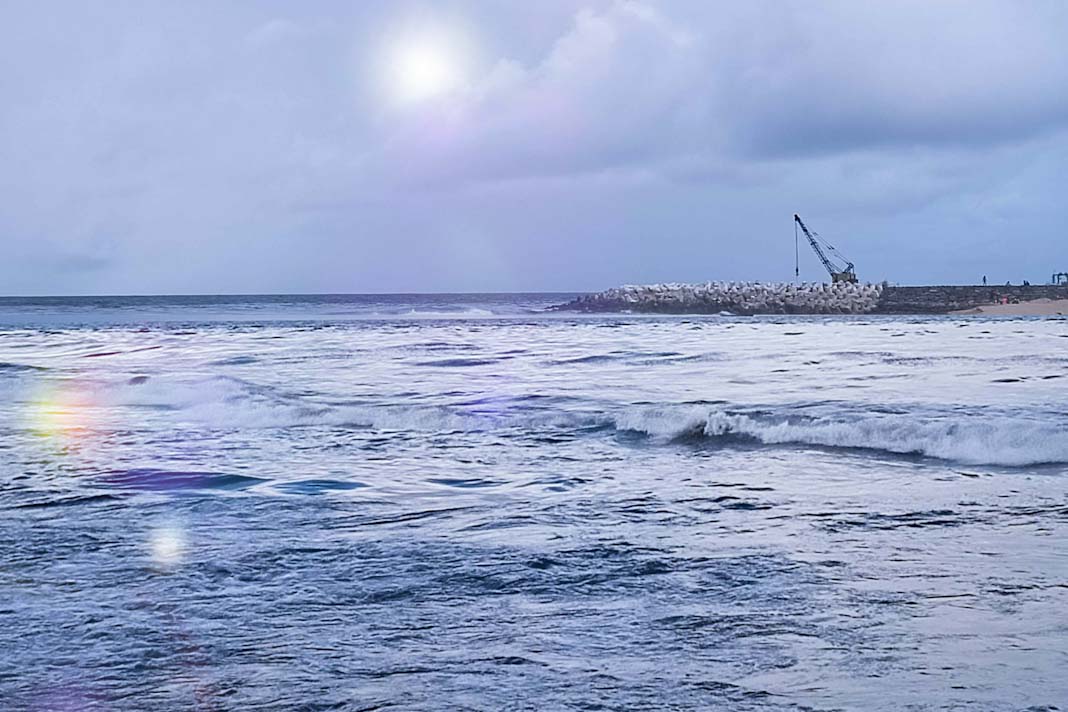The iron ore freight market entered Week 47 with several major shifts reshaping long-haul trade patterns. The rise of the Simandou development, Vale’s deepening focus on India, and BHP’s concentrated exposure to China are defining a new phase in global iron ore shipping. At the same time, China’s steel demand has stabilized near a plateau, adding another layer of complexity to Capesize freight activity.
Capesize Market Pulse
Atlantic Capesize sentiment strengthened as ballaster supply tightened through November. Despite earlier peaks in available vessels, the recent decline supported steadier freight levels across the basin. In contrast, the Pacific market softened as daily shipments from West Australia slipped below the 2.1–2.2 million-ton demand range, pressuring the C5 route.
The shifts in these two regions coincide with changing procurement dynamics in China. The state-backed minerals group expanded its exclusion of select BHP iron ore products as negotiations stalled, reinforcing Beijing’s effort to exert stronger leverage over long-term supply.
Ballasters and Rate Patterns
The Atlantic market benefited from a noticeable decline in ballasters after late-summer highs. The reduced vessel pool helped recalibrate sentiment even as volatility persisted. Meanwhile, Brazilian shipments to China navigated increasing competition. With Simandou now entering its export phase, C3 flows face the first genuine structural challenge in years.
West Australia Loading Trends
Daily volume loaded from West Australia slipped below the expected range through November. This decline weighed on C5 rates and added pressure to the Pacific Capesize environment.
The broader question emerging across the market concerns the pace at which new West Africa–Asia supply corridors will reshape medium- and long-term tonne-mile demand. The sector is tracking how these flows may realign vessel deployment and utilisation.
Simandou and Vale’s Expanding India Strategy
Two developments are reshaping iron ore trade distribution: the launch of commercial shipments from Simandou and Vale’s evolving India strategy. Together, these shifts signal an expansion of long-haul routes beyond the dominant Australia–China and Brazil–China flows.
Simandou achieved its breakout moment with its first shipment on 18 November 2025. The project incorporates a 650 km heavy-haul railway and deep-sea port designed for annual capacity of up to 120 million tonnes of high-grade ore. Its substantially longer sailing distance creates a fresh tonne-mile driver for Capesize markets.
Vale is positioning India as a long-term growth anchor for its premium ore. India’s rapid capacity expansion and infrastructure investment have reinforced the role of high-grade imports in improving steel mill efficiency and environmental performance. Vale anticipates Indian output moving toward the 300 million tonne mark within the next several years, adding a durable demand channel for long-haul Brazilian ore.
Australia’s Enduring Position
Australia’s Pilbara region continues to maintain significant structural advantages in scale, cost competitiveness and reliability. With exports consistently reaching 750–800 million tonnes annually, the Pilbara system remains the most established platform in the global iron ore supply landscape. BHP’s South Flank project reinforces this position through its integration and capacity.
Emerging Risk Factors
Simandou’s logistics chain encompasses a lengthy and challenging heavy-haul railway and a purpose-built export port. These elements have yet to operate at full capacity, and the project’s scale introduces substantial operational and infrastructure risks. West African developments of similar magnitude have historically encountered delays and cost escalations, making the early ramp-up phase a key area of focus for the sector.
A New Balance in Iron Ore Shipping
Simandou introduces new supply diversification, while Vale’s India focus expands trade routes. These developments add fresh tonne-mile support and reshape certain Capesize segments even as existing high-volume lanes continue to dominate global flows.
Did you subscribe to our daily Newsletter?
It’s Free — Click here to Subscribe!
Source: Break Wave Advisor















![[Watch] Crazy Power Needed to Move World’s Largest Containerships](https://mfame.guru/wp-content/uploads/2023/11/mfame-tanker-100x70.jpg)

